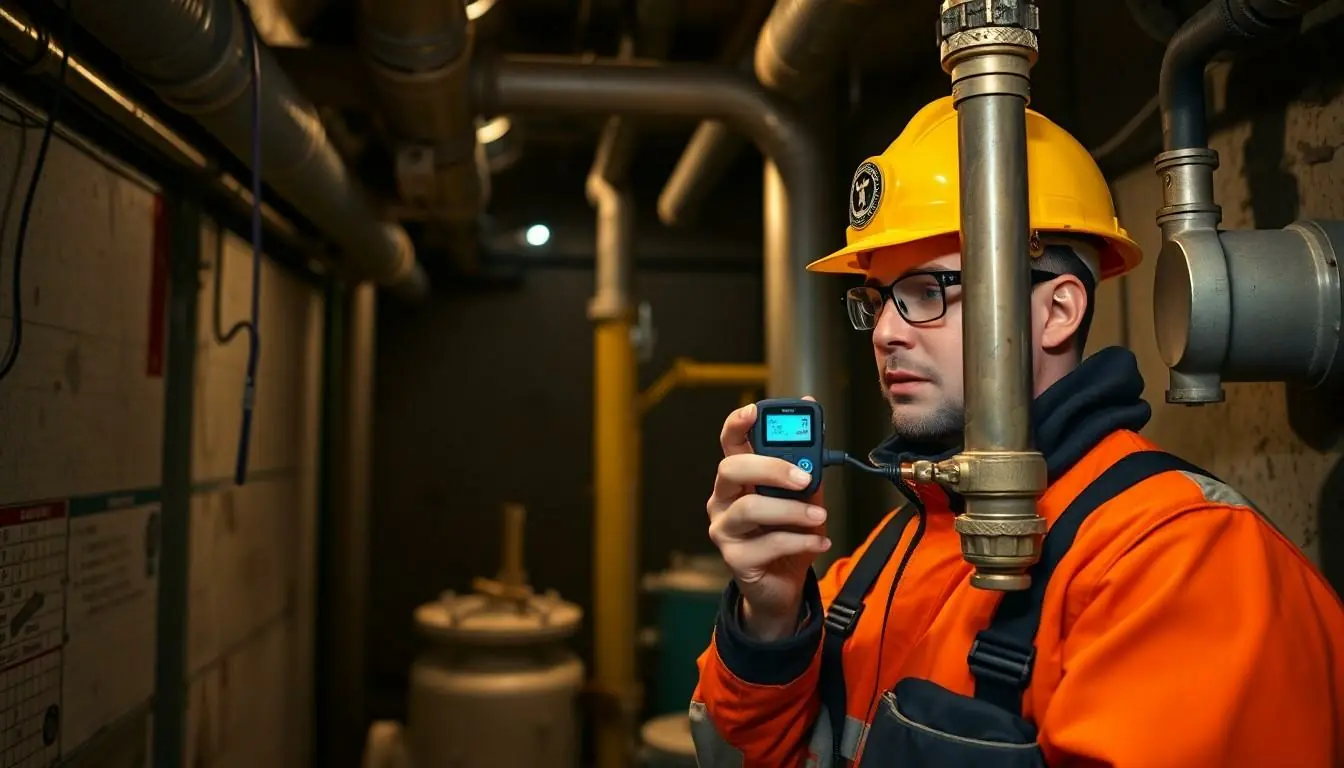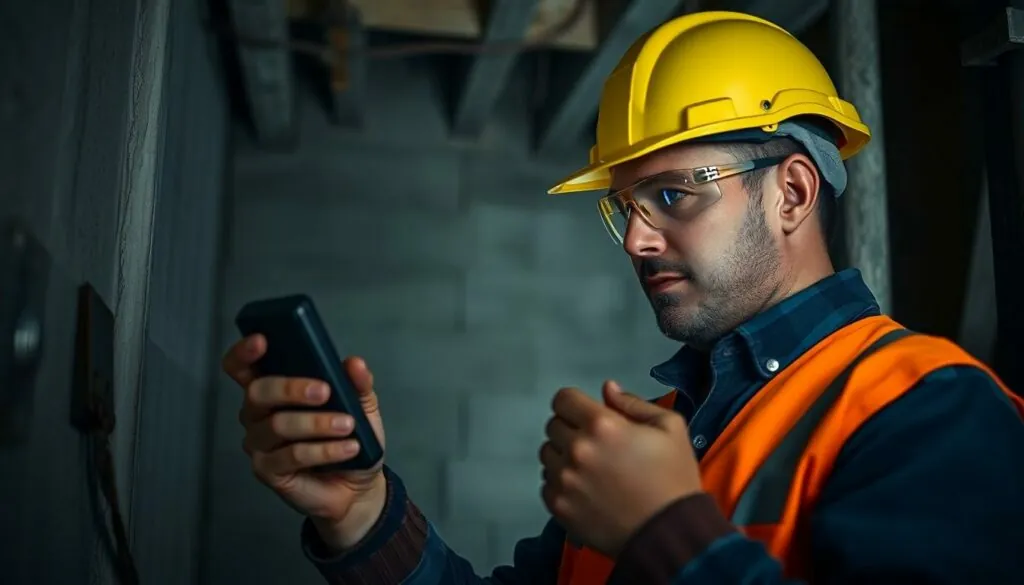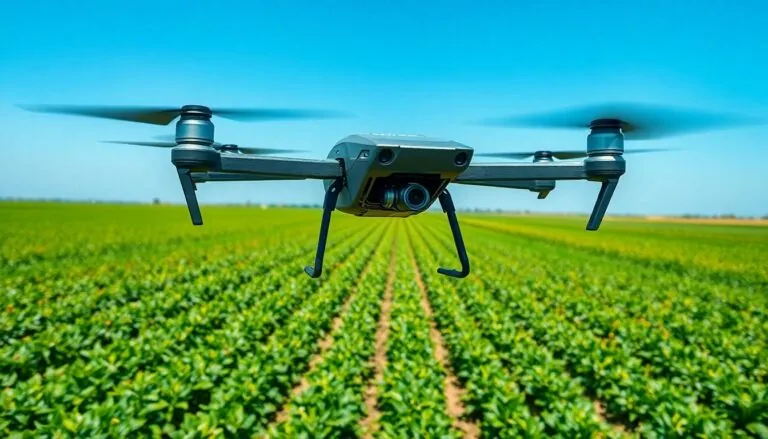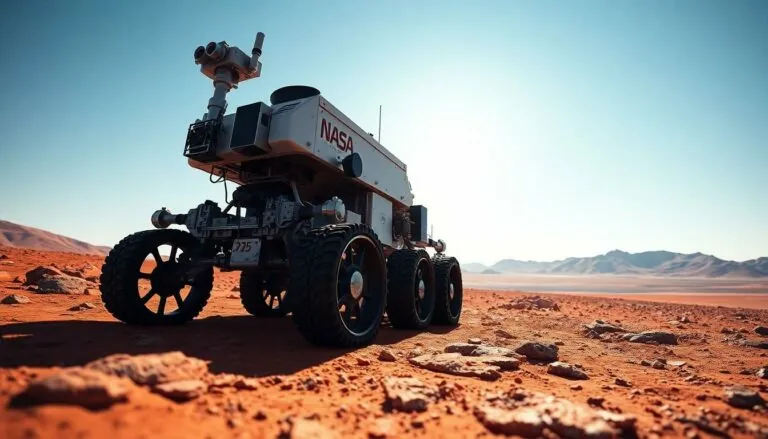Table of Contents
ToggleIn a world where even the smallest spaces can pose big risks, confined space monitoring technology is the unsung hero of workplace safety. Imagine stepping into a tight spot, only to be greeted by the friendly beep of a sensor reminding you that oxygen levels are dropping faster than your enthusiasm for that last slice of pizza. With advancements in technology, workers can now venture into these tricky areas with confidence, knowing that their safety is a top priority.
Gone are the days of relying solely on intuition and a trusty flashlight. Today’s monitoring systems offer real-time data that can detect hazardous conditions before they turn into a disaster movie plot. Whether it’s detecting toxic gases or ensuring proper ventilation, these gadgets are the ultimate sidekicks for anyone tackling confined spaces. Embracing this technology not only keeps workers safe but also boosts productivity, allowing them to focus on what really matters—getting the job done.
Overview of Confined Space Monitoring Technology
Confined space monitoring technology employs various systems to enhance safety for workers in hazardous environments. Advanced sensors detect vital air quality metrics, including oxygen levels and the presence of toxic gases. Real-time monitoring provides instant feedback, allowing workers to take immediate action if dangerous conditions arise.
Innovative devices often include multi-gas detectors. These instruments continuously scan for harmful substances like hydrogen sulfide and carbon monoxide. Such proactive measures prevent accidents and ensure compliance with safety regulations.
Portable monitoring systems play a crucial role in confined spaces. They enable workers to remain mobile, carrying essential tools while remaining aware of their environment. Integrating these technologies into safety protocols enhances overall workplace safety.
Notifications from monitoring systems alert workers to potential dangers. Audible alarms or visual alerts prompt immediate responses, actioning evacuation when necessary. Immediate warnings bolster safety and allow for rapid response to threats.
Data logging capabilities enhance risk management strategies. Long-term data collection can identify trends in air quality, aiding in the development of safer work procedures. Compliance with safety regulations is boosted through the regular analysis of recorded data.
Regular training sessions for personnel using confined space monitoring technologies strengthen overall effectiveness. Workers become adept at interpreting data and responding appropriately. Engaging staff in safety discussions encourages a culture of awareness and vigilance.
Investment in confined space monitoring technology yields significant benefits. Enhanced safety leads to lower accident rates, fostering a more productive workforce. Workers equipped with reliable monitoring systems can perform their tasks confidently, ensuring both safety and efficiency.
Types of Monitoring Technologies

Various monitoring technologies exist to enhance safety in confined spaces. These systems ensure workers remain aware of hazardous conditions.
Gas Detection Systems
Gas detection systems play a critical role in monitoring air quality. Multiple sensors identify harmful gases, such as hydrogen sulfide, methane, and carbon monoxide. These devices continuously sample the surroundings, providing real-time data. Workers receive immediate alerts through audible alarms or visual notifications when toxic levels arise. Portable units enhance mobility while maintaining access to essential information. This proactive approach minimizes risks and supports compliance with safety regulations.
Environmental Sensors
Environmental sensors monitor key atmospheric parameters like temperature, humidity, and oxygen levels. Changes in these factors can indicate dangerous conditions. By providing continuous readings, these sensors help assess the safety of the workspace. Workers benefit from early warning signs, allowing timely interventions before risks become severe. Integration with gas detection systems can enhance overall monitoring capabilities. Robust environmental sensors support safer operations and effective risk management.
Applications in Various Industries
Confined space monitoring technology plays a critical role across various industries, ensuring worker safety and regulatory compliance. Its applications span construction, manufacturing, and oil and gas sectors.
Construction
In construction, monitoring systems help identify hazardous conditions in tight spaces like trenches and manholes. Advanced sensors detect the presence of toxic gases like carbon monoxide, ensuring workers are alerted before danger arises. This technology promotes safer practices during critical tasks such as excavation and repair. Portable gas detectors enhance mobility, allowing workers to maintain vigilance without hindering progress. Regular monitoring increases safety compliance, reducing risk and enhancing productivity on job sites.
Manufacturing
Manufacturing environments often involve confined spaces where workers may face dangerous atmospheres. Monitoring technology, including multi-gas detectors, identifies harmful gas concentrations and ensures continuous safety for employees. Systems also track air quality in areas like storage tanks and pits, where stagnant air may lead to hazardous conditions. Immediate alerts empower personnel to act quickly against emerging threats. By integrating these technologies, manufacturers foster a culture of safety that enhances overall operational efficiency.
Oil and Gas
The oil and gas industry emphasizes the need for rigorous safety measures during confined space operations. Monitoring systems are crucial in assessing atmospheric conditions in locations like tank farms and offshore platforms. Gas detection units continuously monitor for hazardous gases, providing real-time data to crews working in potentially dangerous environments. Effective notifications alert workers to critical changes in air quality, ensuring they can respond promptly. Compliance with industry regulations becomes more manageable, leading to a safer work environment and reducing the potential for accidents.
Benefits of Using Monitoring Technology
Enhanced safety serves as a primary benefit of confined space monitoring technology. Workers can detect hazardous conditions in real time, reducing the risk of accidents and injuries. Immediate alerts from monitoring systems, such as audible alarms, prompt workers to respond swiftly to potential dangers.
Improved compliance with safety regulations also results from the use of advanced monitoring systems. Many industries, including oil and gas and construction, rely on these technologies to meet regulatory standards. Regular monitoring helps maintain required air quality levels, which is crucial for legal compliance.
Increased productivity stems from the ability to focus on tasks without constant concern for unseen dangers. Workers equipped with reliable monitoring devices can concentrate on their work, enhancing overall efficiency in their operations. Positive work environments emerge, fostering employee confidence and reducing anxiety related to hazardous conditions.
Data logging features play a significant role in risk management strategies. These capabilities allow for trend analysis in air quality metrics, leading to informed decision-making and proactive safety measures. Identifying patterns in environmental data aids organizations in developing safer work procedures.
Portability of monitoring devices adds flexibility for workers maneuvering within confined spaces. Mobile systems allow personnel to remain vigilant while navigating tight environments, ensuring constant awareness of atmospheric changes. Environmental sensors contribute valuable information on temperature, humidity, and oxygen levels, further supporting proactive safety measures.
Collaborative training sessions enhance the effectiveness of monitoring technology. Such training promotes a culture of safety awareness, ensuring that personnel understand how to use the devices properly. Increased knowledge equips workers to respond adequately to alarms and alerts, reinforcing safety protocols across various industries.
Challenges and Limitations
Confined space monitoring technology faces several challenges and limitations that impact its effectiveness. One primary concern involves sensor calibration. Inaccurate calibration can lead to false readings, potentially endangering worker safety.
Another issue relates to environmental conditions. Factors such as temperature fluctuations and humidity can affect the performance of sensors, causing delayed or incorrect alerts. Monitoring devices must operate reliably in various atmospheres to ensure accurate data collection.
Communication failures also pose a significant challenge. Disruptions in wireless signals or dead zones in confined spaces can hinder the transmission of crucial data, leaving workers unaware of hazardous conditions. Continuous connectivity is essential for a reliable monitoring system.
Moreover, maintenance requirements can impede effective operation. Regular check-ups and replacements of components ensure devices function properly, but these activities may not always occur on schedule, leaving gaps in monitoring.
Training personnel to interpret alerts also presents difficulties. Users need to understand what different notifications mean and how to respond appropriately. Misunderstandings can lead to a delayed reaction in critical situations.
Lastly, budget constraints restrict the adoption of advanced monitoring systems. Many organizations prioritize other expenditures over high-tech solutions, which can limit their ability to implement optimal safety measures in confined spaces.
Addressing these challenges requires ongoing investment in technology, training, and maintenance. Prioritizing these elements enhances the effectiveness of monitoring systems, ensuring safety in confined environments without compromise.
Future Trends in Confined Space Monitoring
Innovation drives the future of confined space monitoring technology. Increased integration of artificial intelligence enhances real-time data analysis, allowing for swift responses to hazardous conditions. Smart sensors are emerging, equipped with advanced algorithms to improve accuracy and reduce false readings. Companies focus on developing more compact portable units, providing flexibility for workers in tight spaces.
Wearable technology gains traction, with devices monitoring individual workers’ vital signs while tracking environmental conditions. This dual approach enhances safety as it ensures that personnel receive alerts based on both atmospheric and physiological data. Enhanced connectivity through the Internet of Things facilitates seamless communication among devices, allowing for comprehensive monitoring.
Data analytics plays a critical role in future developments. Trends in air quality and worker exposure get analyzed, providing insights for safer work practices. Cloud-based platforms store vast amounts of monitoring data, enabling organizations to conduct extensive risk assessments. Enhanced visualization tools support the comprehension of these data sets, making it easier for teams to identify potential threats.
Regulatory compliance continues to influence advancements in confined space monitoring. Organizations prioritize the adoption of technologies that meet or exceed industry safety standards. Automated reporting features streamline compliance processes, reducing manual errors and improving accuracy.
Sustainability becomes a key consideration as companies seek eco-friendly monitoring solutions. Energy-efficient devices and materials align with broader environmental goals, appealing to industry stakeholders. Future trends indicate a commitment to improving both safety and environmental impact within confined spaces.
Confined space monitoring technology is transforming workplace safety by providing essential tools for detecting hazardous conditions. Its ability to deliver real-time data empowers workers to navigate tight spaces with confidence while prioritizing their safety. The integration of advanced sensors and portable monitoring systems significantly enhances operational efficiency and compliance with safety regulations.
As industries continue to evolve, the role of innovation in this field will be crucial. Future advancements promise to further improve accuracy and reliability, ensuring that workers remain protected in high-risk environments. By investing in these technologies and fostering a culture of safety awareness, organizations can create safer workplaces and reduce accident rates, ultimately leading to a more productive workforce.




